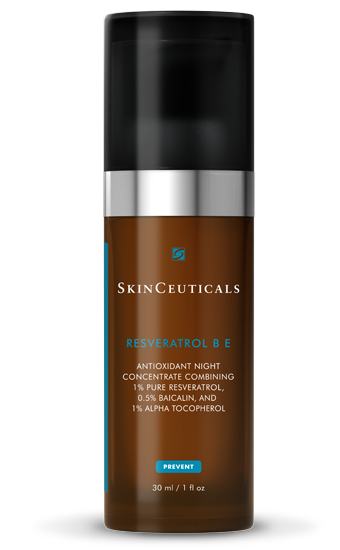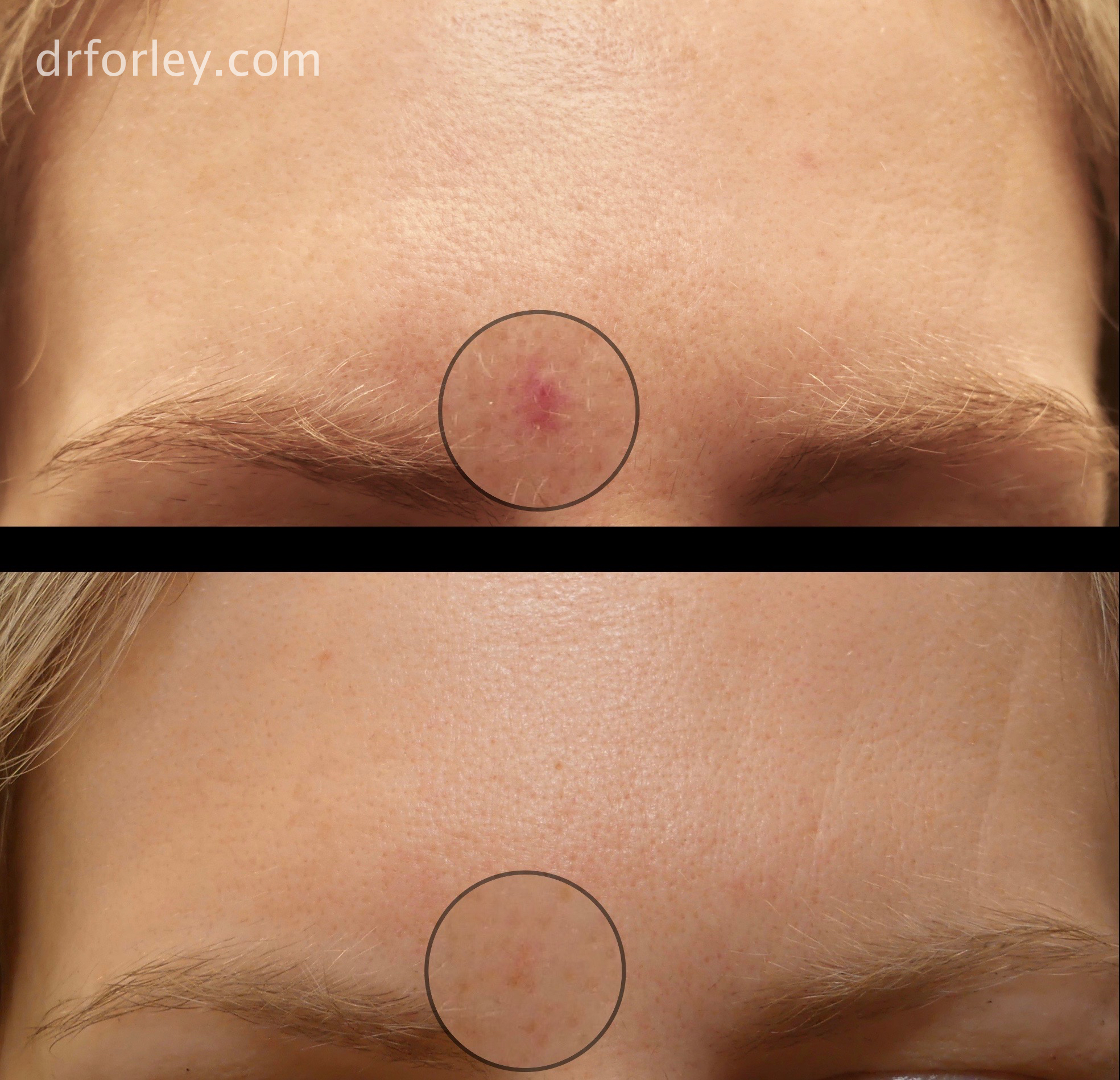
Even though many fitness professionals are advocates of stretching, it remains somewhat controversial. Opinions vary as to the recommended types of stretching (e.g. dynamic, active, passive, static, or isometric) as well as when or if to stretch, the indications for stretching, and the benefits that will result from stretching.
Pros
Stretching prior to working out is thought to increase muscle strength during the actual exercise activity. It is also said that stretching following exercise will help break down lactic acid, the byproduct of exercise in muscles. This is important because lactic acid is a waste product and inhibits the muscle from reaching its full potential. Another belief is that stretching will increase general flexibility and speed up the rehabilitation process of damaged tissue. It is felt that by stretching muscles to their full length, a reorganization of the fibers is achieved which enables the process of recovery of overused and injured tissue.
Cons
Those who caution against stretching believe that it could be harmful as a result of pulling the muscle fibers apart, resulting in micro-trauma. Some say stretching prior to working out might be counterproductive by impairing the ability for explosive muscle force and prolonging muscle recovery time. In addition, people could unknowingly stretch the wrong structures and actually hurt themselves. A nerve might be impaired in an effort to stretch adjacent muscles.
Despite the controversy, a recent review of 106 studies (Med Sci Sports Exerc 2012 Jan;44(1):154-64) concludes that static stretching (stretching a muscle and then holding that position without moving) is safe when it is not done excessively and is performed for no more than 60 seconds. A consensus believes that muscle tightness, loosening up the tendons and joints, and general flexibility can be maintained, or even increased, with any stretching method that is implemented within a tolerable range of motion. This will allow the tissue to reorganize itself, recover, and be ready for the next activity, especially when performed after a workout, since the blood flow in the muscles is increased and waste products can be eliminated.
The benefits of maintaining healthy muscles, tendons, and joints warrants incorporating stretching within an anti-aging strategy. In our next blog, we will discuss examples of static stretches that you can perform safely.
Tags: anti-aging, exercise, stretching
Written by Dr. Forley on August 11, 2013




